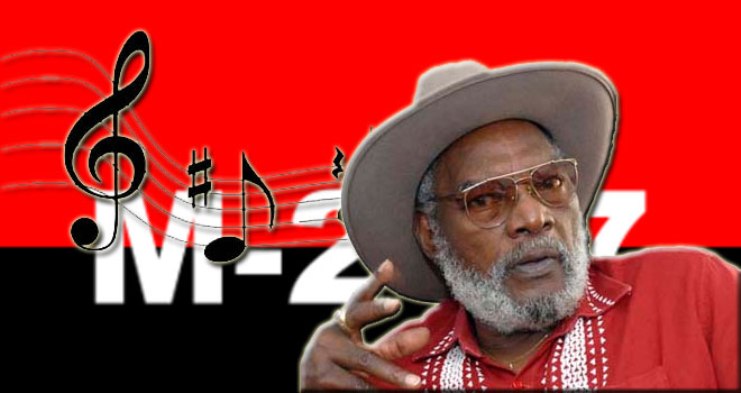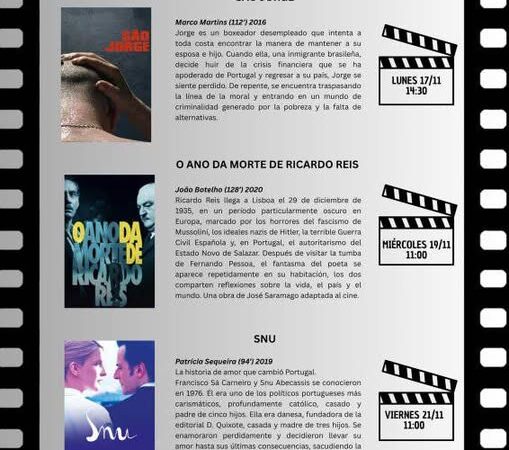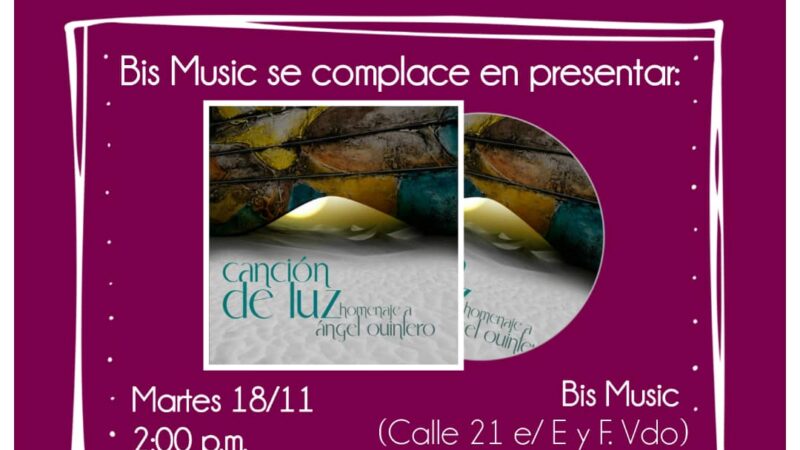The song of the Moncada attackers

During the transition from march to anthem, the musical piece of the 26th of July Movement, composed by Agustín Díaz Cartaya, underwent three final modifications: the first, suggested by the leader of the Revolution, Fidel Castro Ruz; the second, by agreement among the young revolutionaries; and the third, by Carlos Faxas Valerino-composer, pianist, and arranger-director of the original recording of the march.
After the attack on the Moncada and Carlos Manuel de Céspedes barracks, Fidel, who was imprisoned at the time, sent a message to Cartaya to include a reference to «the blood shed» in the lyrics. Thus the verse: «The bloodshed in Oriente / we must not forget…» was added.
The second change was the title, from «March of Liberty» to «Anthem of July 26th,» because the members of the movement involved in the actions sang it during the trial held in the plenary chamber of the Oriente Court, and later in the Presidio Modelo on the Isle of Pines, during a visit by then-President Fulgencio Batista.
The third change was to replace «Oriente» with «Cuba» to avoid regionalist connotations. The final version reads: «The bloodshed in Cuba / We must not forget…».
These lyrical changes are detailed in the book «Two Epic Marches», written by Mario Lazo, Díaz Cartaya, Faxas Valerino and Gilberto Aldanás.
«The composition was born out of the need for a symbol for the movement. So on July 19, 1953, Fidel contacted Díaz Cartaya and asked him to write and set to music the anthem,» said Alberto Boloy Castellanos, director of the Marianao Municipal Museum.
Only three days later, on July 23rd, the piece was finished and rehearsed for the first time in a house located at calle San Celestino #152, now calle 138 #4306, according to the Local Administration and Municipal Development Information Package of the locality in question.
Writer, researcher and music critic Emir García Meralla adds that the recording was made on February 15, 1957, under the direction of Faxas Valerino, featuring the voices of Manón de Asprer Guinovar, Sonia de Aragón Castro, Enrique Herrera López and Gilberto Aldanás. The location chosen was Radio Cadena Habana in downtown Havana.
At the Museum of the Revolution, according to Annia Feliú González, a specialist at the institution, «the original plaque presented by the representative of the Faxas Quartet has been preserved.»
Evelio Rodríguez Curbelo, a rebel fighter, took the record to the station 7-RR (Radio Rebelde), where it became the station’s theme song. The song was reproduced on acetate records, whose clandestine sale increased the movement’s resources and discreetly helped to sustain the struggle in the Sierra Maestra.
Written by Adriana Blanco Oliva, first year journalism student, Faculty of Communication, University of Havana.
Translated by Luis E. Amador Dominguez



